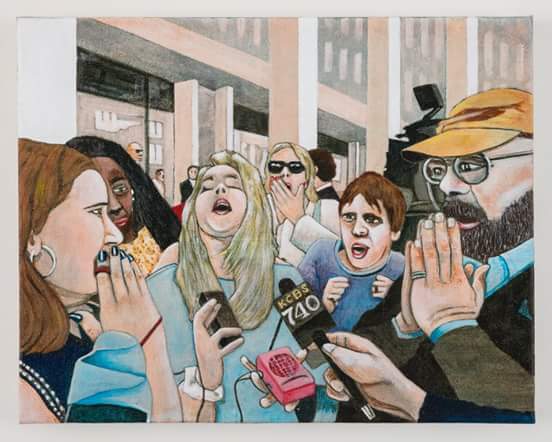The Verdict.
"How odd I can have all this inside me and to you it's just words." -- David Foster Wallace, The Pale King
In long ago days of reigning monarchs and royal courts, a standard figure was the Jester -- a comedian whose ostensible role was to entertain the King with witticisms and slapstick humor. But as history has revealed, the true function of the Jester was more profound than a distracting clown show. The Jester was often the only figure at court with the wherewithal to speak, as it were, truth to power. Behind the shield of sanctioned satire, giddy absurdity, and self-deprecation, as Neil Gaiman wrote in Dream Country, "It is a fool's prerogative to utter truths that no one else will speak." That is Rory Devine's kind of fool.







